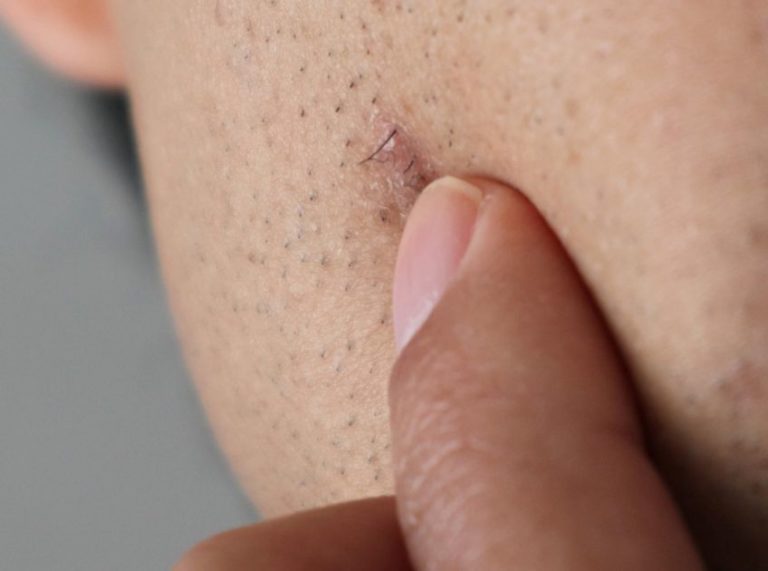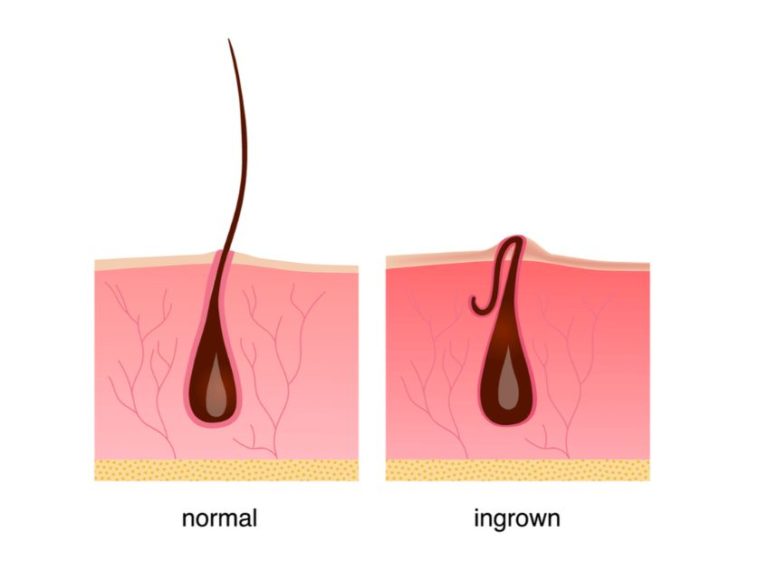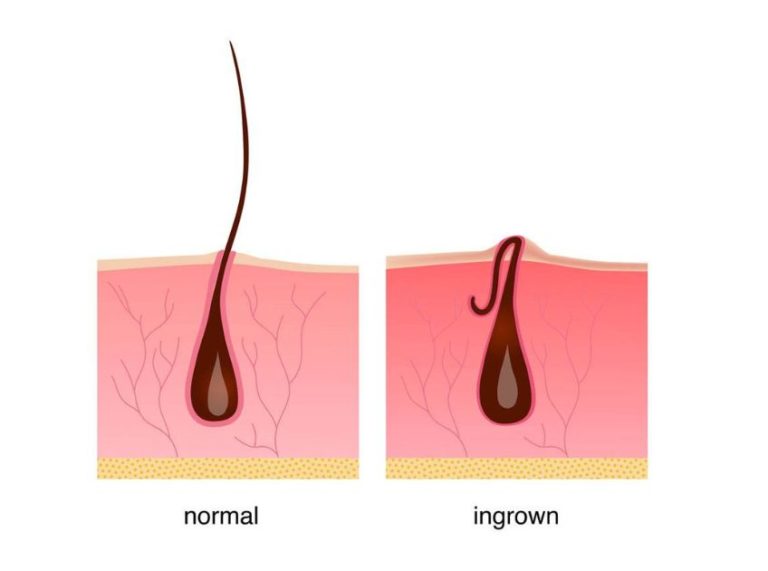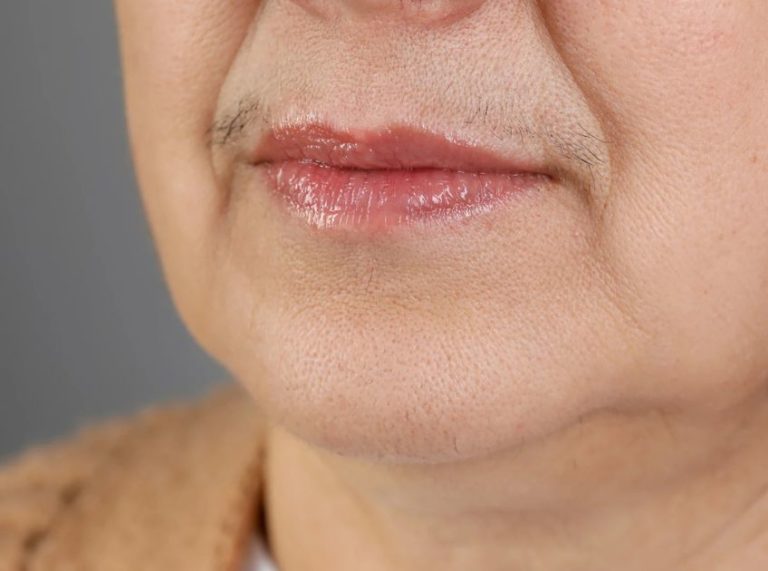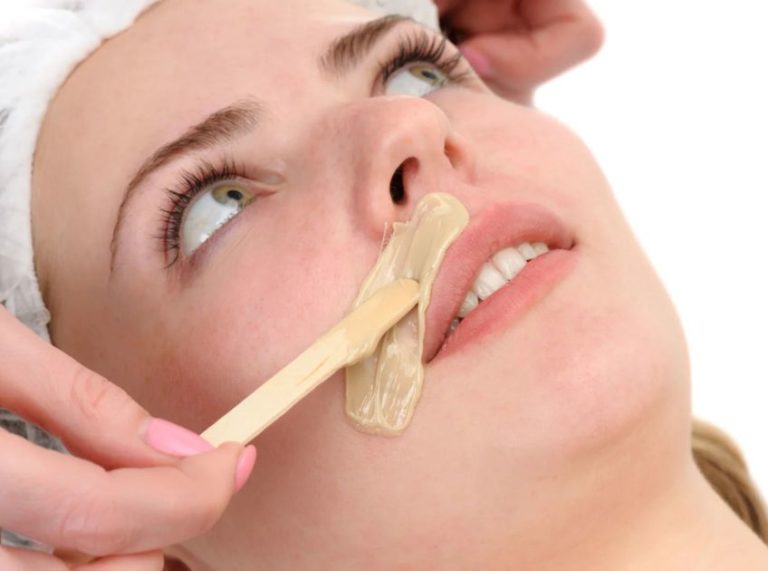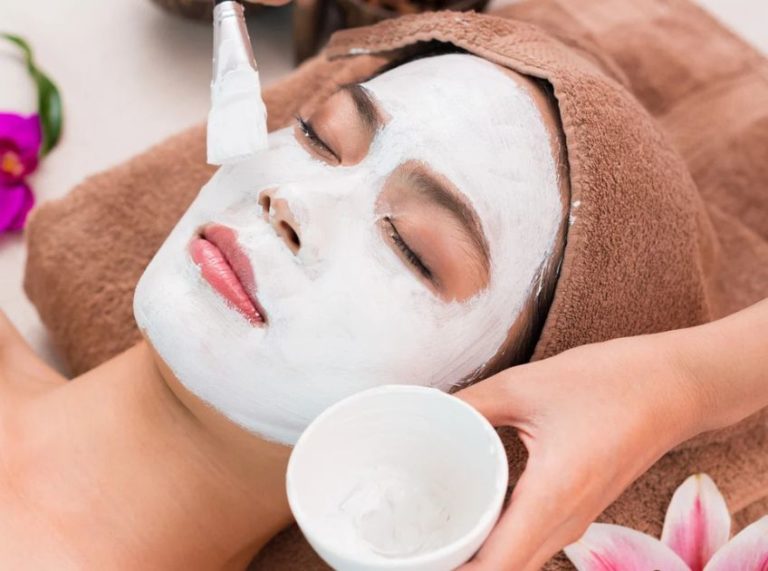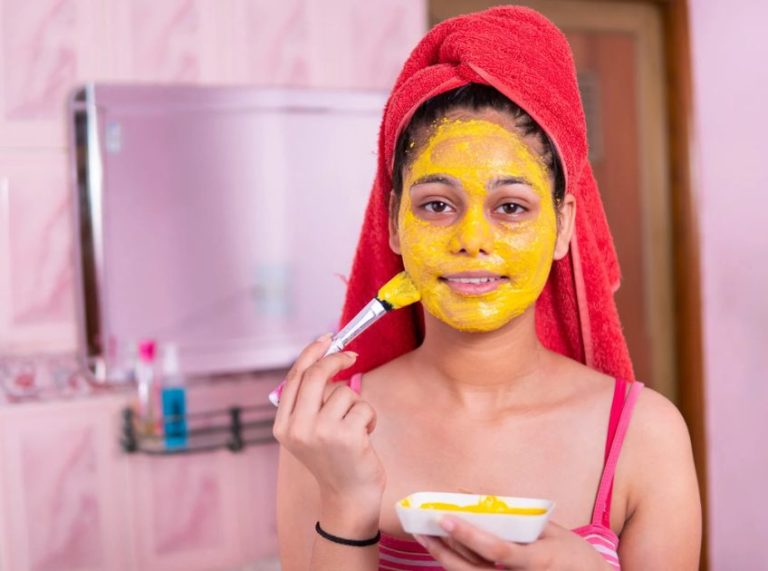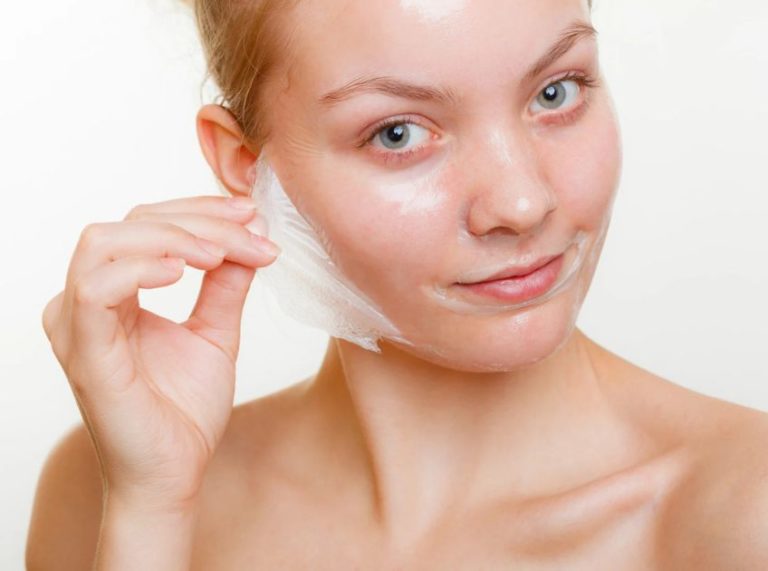
Important: This article is for informational purposes only. Please read our full disclaimer for more details.
Looking for a natural fix to slow hair growth, thinning strands, or dry scalp? Hibiscus might be your game-changer. This vibrant flower isn’t just pretty—it’s packed with properties that support stronger, longer, and healthier hair.
If you’re tired of chemical-laden shampoos, a DIY hibiscus shampoo offers a nourishing, herbal alternative that promotes hair growth and scalp health, without side effects.
Why Hibiscus Shampoo Might Be the Hair Secret You’ve Been Waiting For
- Stimulates dormant hair follicles to promote growth
- Strengthens hair roots and reduces hair fall
- Deep cleans without stripping natural oils
- Adds volume, shine, and softness
- Soothes itchy, dry, or flaky scalp
The Power Behind the Petals: Why It Works
Hibiscus contains naturally occurring AHAs, amino acids, and antioxidants that directly impact hair strength and scalp health.
- Mucilage (natural plant slime): Acts as a deep conditioner and detangler
- Amino acids: Nourish and boost keratin production for thicker strands
- Flavonoids and Vitamin C: Improve circulation in the scalp, supporting hair regrowth
Scientifically Supported: What Research Says
- A study in the Journal of Ethnopharmacology found that hibiscus leaf extract promotes hair growth in lab studies by stimulating follicle activity (1)
- Research from the Indian Journal of Research in Pharmacy and Biotechnology confirms hibiscus is effective in reducing hair fall and encouraging regrowth (2)
These effects are amplified when combined with ingredients like aloe vera or fenugreek, which also have proven hair-supporting compounds.
When to Stop Using It
If you experience:
- Scalp irritation
- Redness or itching after use
- Increased dryness or breakage
Discontinue immediately and consult a dermatologist. Always do a patch test before full use.
Tailor the Mix: Adjust to Suit Your Needs
- For dry scalp: Add aloe vera or coconut milk
- For oily hair: Use lemon juice or tea tree oil
- For dandruff: Include neem or rosemary essential oil
Customize based on your hair’s behavior and needs.
Who Should Use It?
This shampoo is best for:
- Normal to oily scalps
- Hair fall concerns
- People with thinning or fine hair
- Natural/curly hair types
Avoid if you’re allergic to flowers or herbal treatments.
Is It Safe for Regular Use?
Yes—if made fresh and stored properly.
- Use within 7 days if refrigerated
- No harsh chemicals = gentle cleansing
- Not recommended for color-treated hair (may affect tone slightly)
2 Best Hibiscus Shampoos for Hair Growth DIY
DIY 1: Basic Hibiscus Hair Growth Shampoo
A beginner-friendly herbal shampoo that deeply cleanses the scalp, stimulates hair follicles, and leaves your strands soft and manageable.
Ingredients:
- 8 fresh hibiscus flowers
- 10 fresh hibiscus leaves
- 1 tablespoon fresh aloe vera gel (optional for hydration)
- 1 cup filtered water
Directions to Use:
- Rinse the hibiscus flowers and leaves to remove any dirt or debris.
- Add them to a small pot with 1 cup of water and bring to a boil.
- Let the mixture simmer for 5–7 minutes until the water turns deep red.
- Allow the boiled mix to cool, then blend it into a smooth paste using a blender.
- Optional: Add 1 tablespoon of aloe vera gel and stir well.
- Strain through a muslin cloth if you prefer a smoother texture.
How to Apply:
- Wet your hair thoroughly.
- Apply the shampoo paste to your scalp and massage gently in circular motions for 2–3 minutes.
- Spread the rest down the length of your hair.
- Leave it on for another 5 minutes before rinsing with lukewarm water.
- Use 2–3 times a week for best results.
DIY 2: Hibiscus & Fenugreek Anti-Hair Fall Shampoo
This shampoo combines the strengthening power of fenugreek with hibiscus to reduce hair fall, calm scalp irritation, and promote healthier regrowth.
Ingredients:
- 7 fresh hibiscus flowers
- 2 tablespoons fenugreek seeds (soaked overnight)
- 1 teaspoon coconut oil (optional for extra nourishment)
- 1 cup filtered water
Directions to Use:
- Soak the fenugreek seeds overnight in water to soften them.
- Rinse the hibiscus flowers and blend them with the soaked seeds using a blender.
- Add 1 cup of water to adjust the consistency.
- Optional: Add 1 teaspoon of coconut oil to enhance shine and reduce dryness.
- Blend until you get a smooth, shampoo-like paste.
- Strain through a sieve if needed.
How to Apply:
- Wet your scalp and hair.
- Apply the paste thoroughly, starting at the roots and working through to the ends.
- Massage for 5 minutes to allow the nutrients to absorb.
- Let it sit for 10 more minutes as a nourishing hair mask.
- Rinse off with lukewarm water and air-dry.
Frequently Asked Questions (FAQ’S)
1. How long does it take to see results?
A. With consistent use (2–3 times per week), many users notice less shedding and more softness within 4–6 weeks.
2. Can I store this shampoo for later use?
A. Yes—store it in the refrigerator for up to 1 week. For a longer shelf life, freeze in small portions and thaw before use.
3. Will hibiscus shampoo change my hair color?
A. It may slightly deepen natural hair tones, especially in lighter hair. Do a strand test if you’re concerned.
Hibiscus shampoo is more than a herbal remedy—it’s a natural powerhouse for hair growth. With the right blend of ingredients and regular use, you can nourish your scalp, reduce hair fall, and encourage healthy growth.
Try one of the simple DIY recipes and make your haircare routine as vibrant as hibiscus itself.

